X-ray vision: a new Balenciaga exhibition is a fine lesson in fashion forensics
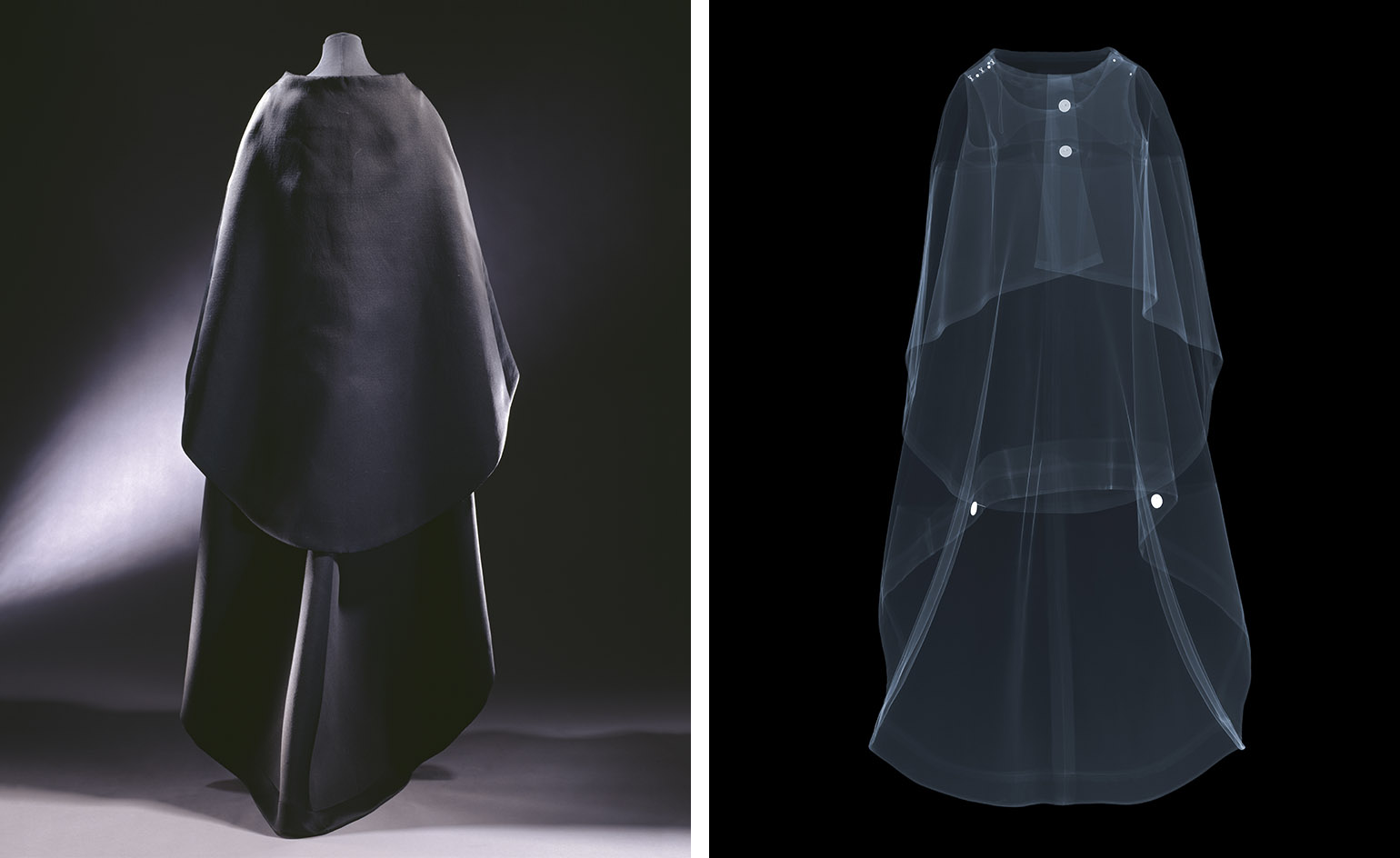
Spanish fashion designer Cristóbal Balenciaga was famously elusive. He only gave one interview his entire career – to The Times in 1971, three years after closing his fashion house, and one year before his death. He also banned press from the first showings of his collections in 1965.
It’s a mean feat then that the Victoria and Albert Museum in London is launching a forensically in-depth exhibition about the designer – the first in the UK – which spans the 1950s and 60s, Balenciaga’s most avant-garde and revolutionary years. The exhibition comes 100 years after the designer opened his first fashion house in San Sebastián and 80 years after he launched his Paris salon. It’s a centenary year being explored in that city too – ‘Balenciaga: L’Oeuvre au Noir’ opened in March at the Musée Bourdelle, which focuses solely on the designer’s use of black.
Balenciaga is credited with a host of revolutionary silhouettes, including the babydoll and sack dress shapes which caused consternation in the late fifties, but later became analogous to sixties fashion. Vetements’ Demna Gvasalia – who took the creative helm of Balenciaga in October 2015 – presented a series of archive dresses, some Amphora line, puffball or with a balloon hem, as part of his A/W 2017 women’s collection. They highlight the signatures of a designer who – contrary to his counterpart M Dior (synonymous with the ‘Bar’ silhouette) – is renowned for an experimental approach to the female form.
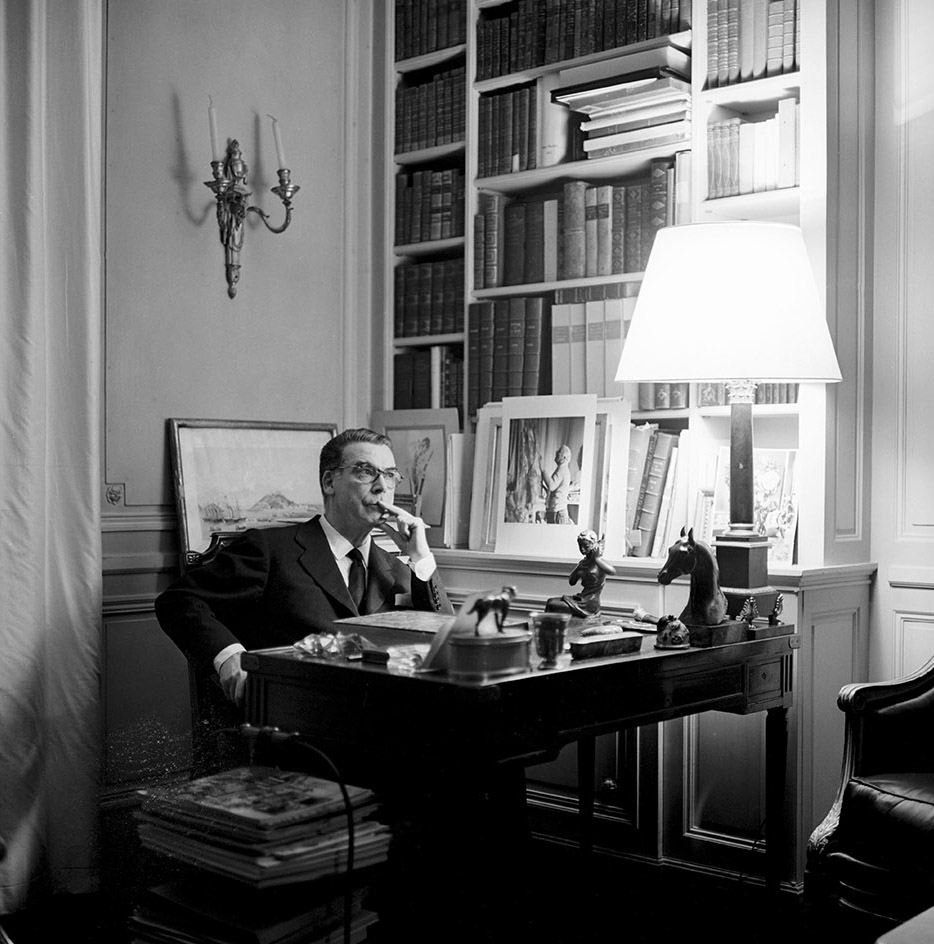
Cristóbal Balenciaga in his studio at Avenue Marceau in Paris, late 1950s. © Cecil Beaton Studio Archive at Sotheby’s
We’re known sticklers for attention to detail, and ‘Balenciaga: Shaping Fashion’ is an exhibition so in depth that it features X-ray images of garments, created with the artist Nick Veasey. These scans uncover the unusual and intricate structures in Balenciaga’s designs. ‘We had a mobile X-ray studio, which was parked outside the archives,’ explains curator Cassie Davies-Strodder. ‘It was great to be able to illustrate those things that are hidden. In a lot of Balenciaga’s early dresses you find cork structuring. We also found a dress cut from a single piece of fabric, which in terms of cutting is unreal. It also has two weights concealed inside the hem.’
Spanning two galleries at the V&A, the exhibition opens with Balenciaga’s couture salons, and his workrooms. Materials used as part of the exhibition design reflect these private and public worlds – utilitarian white polycarbonate formed the backdrop to the designer’s atelier. Balenciaga’s range of extravagant couture clients, like Mona von Bismarck, Pauline de Rothschild and Elizabeth Parke Firestone, is framed by rich wood.
Upstairs, the ‘Legacy’ section explores the influence of Balenciaga’s aesthetic on over 30 designers over the last 50 years. The exhibition considers the impact of his cutting techniques on the work of Issey Miyake; his use of ‘intellectual’ floral embellishment on Hubert de Givenchy; the impact of the babydoll silhouette on contemporary London-designer Molly Goddard, and his minimalist approach to haute-couture on Calvin Klein, Céline’s Phoebe Philo, and the late André Courrèges – a former apprentice. ‘Balenciaga brought a simplicity to couture,’ Strodder explains. ‘He allowed for garments to be very beautifully made, without having to drape them in luxury materials.’

X-ray ‘La Tulipe’ evening dress, gazar, Balenciaga for EISA, Spain, 1965.
Alongside a host of pieces by designers including JW Anderson, Hussein Chalayan, Yohji Yamamoto and Erdem, the exhibition also features new acquisitions by Rick Owens and Comme des Garçons. We went behind the scenes of Rei Kawakubo’s Met Fifth Avenue show in our June issue (W*219), and the Japanese designer’s exploration and obscuration of the female form, study of black and refusal to court the press bears many parallels to Balenciaga.
The exhibition also contains pieces by Nicolas Ghesquière, creative director of Balenciaga from 1997-2012, and current designs by Gvasalia. An archive skirt suit, with a fishtail drape attached unusually to the back of the jacket instead of the skirt, sits next to a wool and silk reinterpretation of the two-piece in Gvasalia’s debut collection for the house.
‘We felt it was important for half of the exhibition to look at Balenciaga’s legacy,’ Strodder says. ‘I met Hubert de Givenchy last year, who trained with Cristóbal. He said he still has Balenciaga’s voice inside his head.’
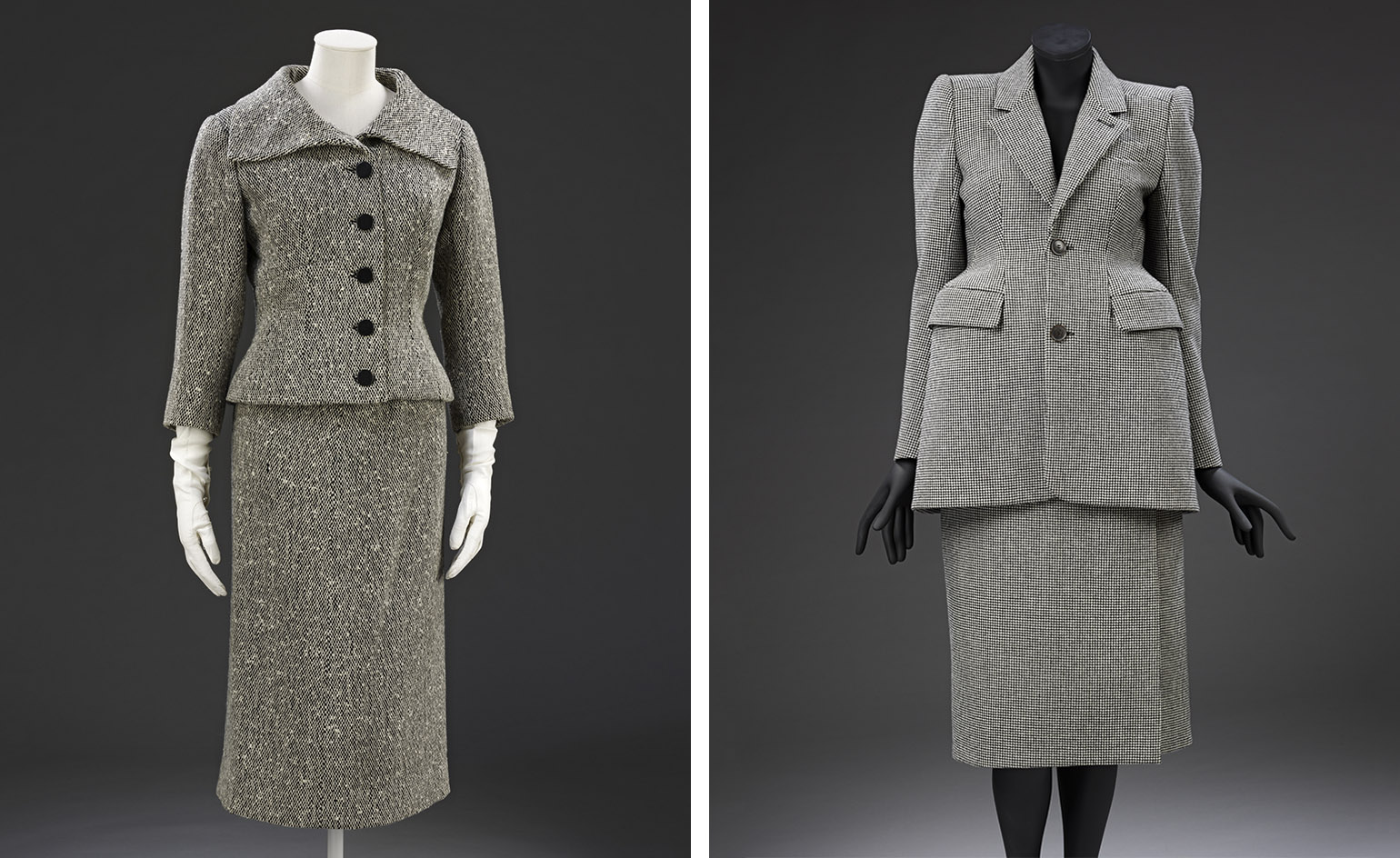
Left, skirt suit, wool tweed lined with silk, by Cristóbal Balenciaga, Paris, 1954. © Victoria and Albert Museum, London. Right, skirt suit, wool, by Demna Gvasalia for Balenciaga, Paris, A/W 2016. On loan from Balenciaga Archives, Paris

Left, silk spiral hat, Balenciaga for Eisa, Spain, 1962. © Victoria and Albert Museum. Right, X-ray photograph of silk spiral hat, by Nick Veasey, 2016. © The artist

The ‘Legacy’ section explores the influence of Balenciaga’s aesthetic on over 30 designers over the last 50 years. Courtesy of the Victoria and Albert Museum

Balenciaga’s designs for extravagant couture clients is framed by rich wood. Courtesy of the Victoria and Albert Museum
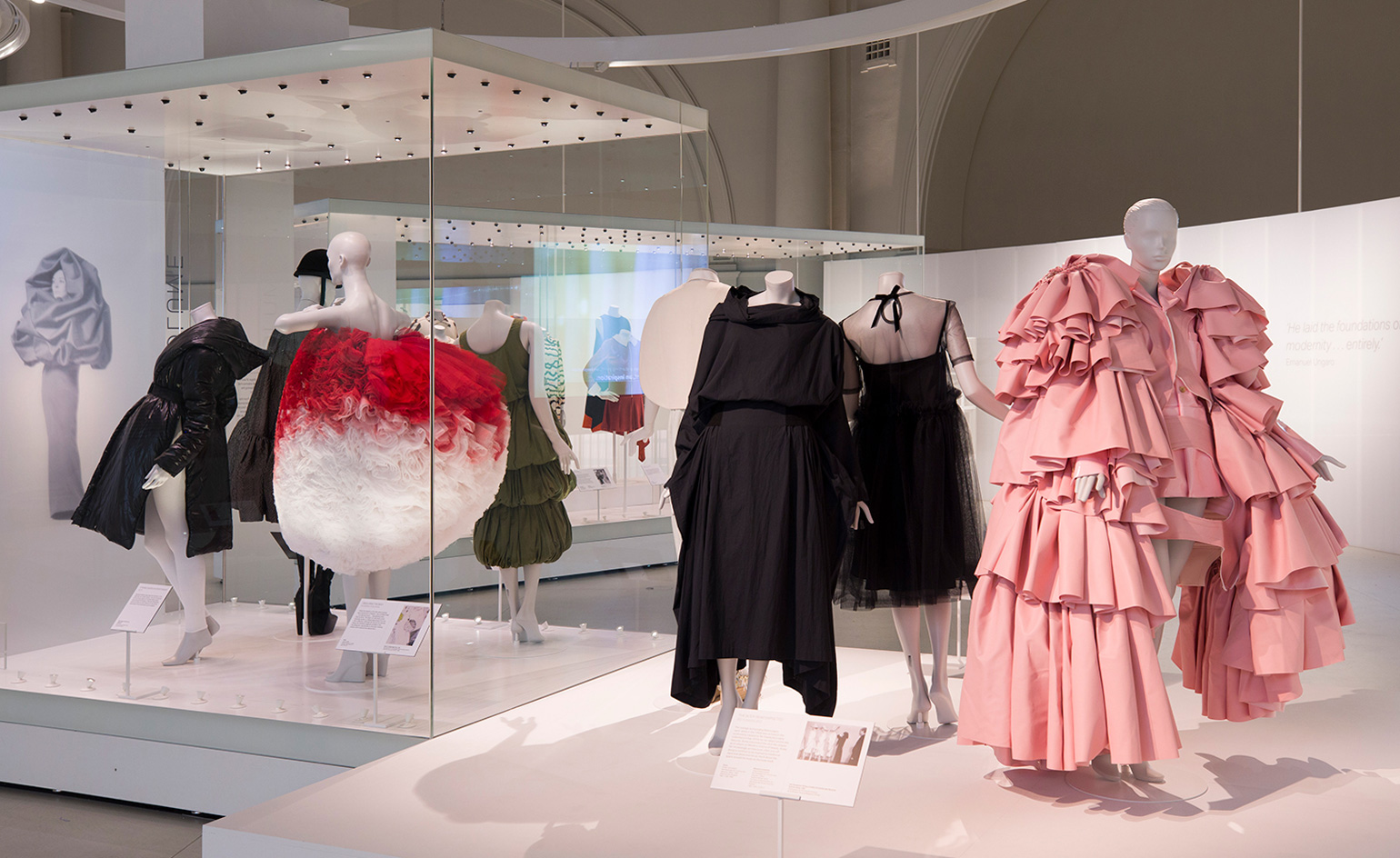
Installation view of the ‘Legacy’ section of ‘Balenciaga: Shaping Fashion’ at the V&A. Courtesy of the Victoria and Albert Museum
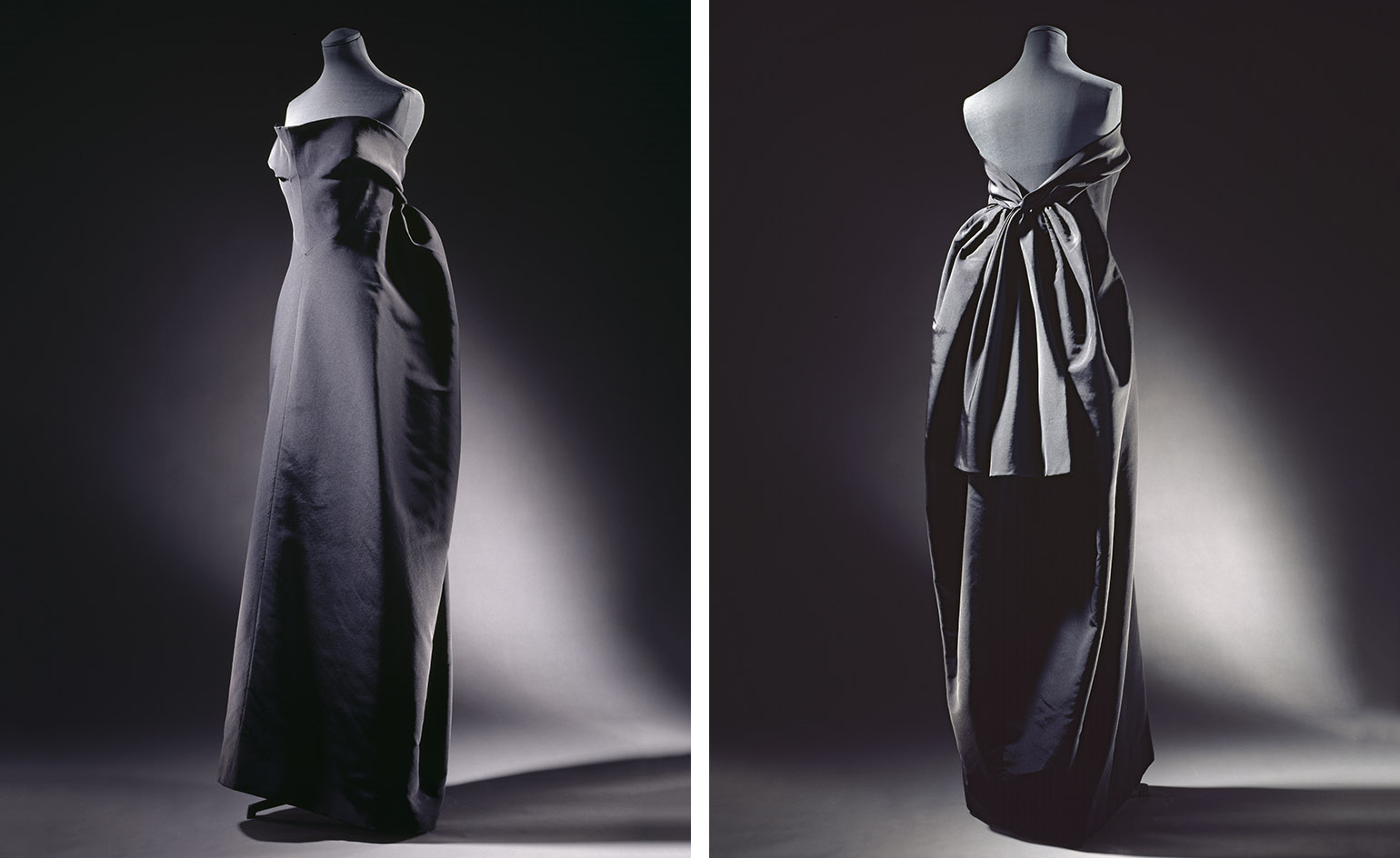
Amphora line silk evening dress, by Cristobal Balenciaga, Paris, 1960-1961. © Victoria and Albert Museum
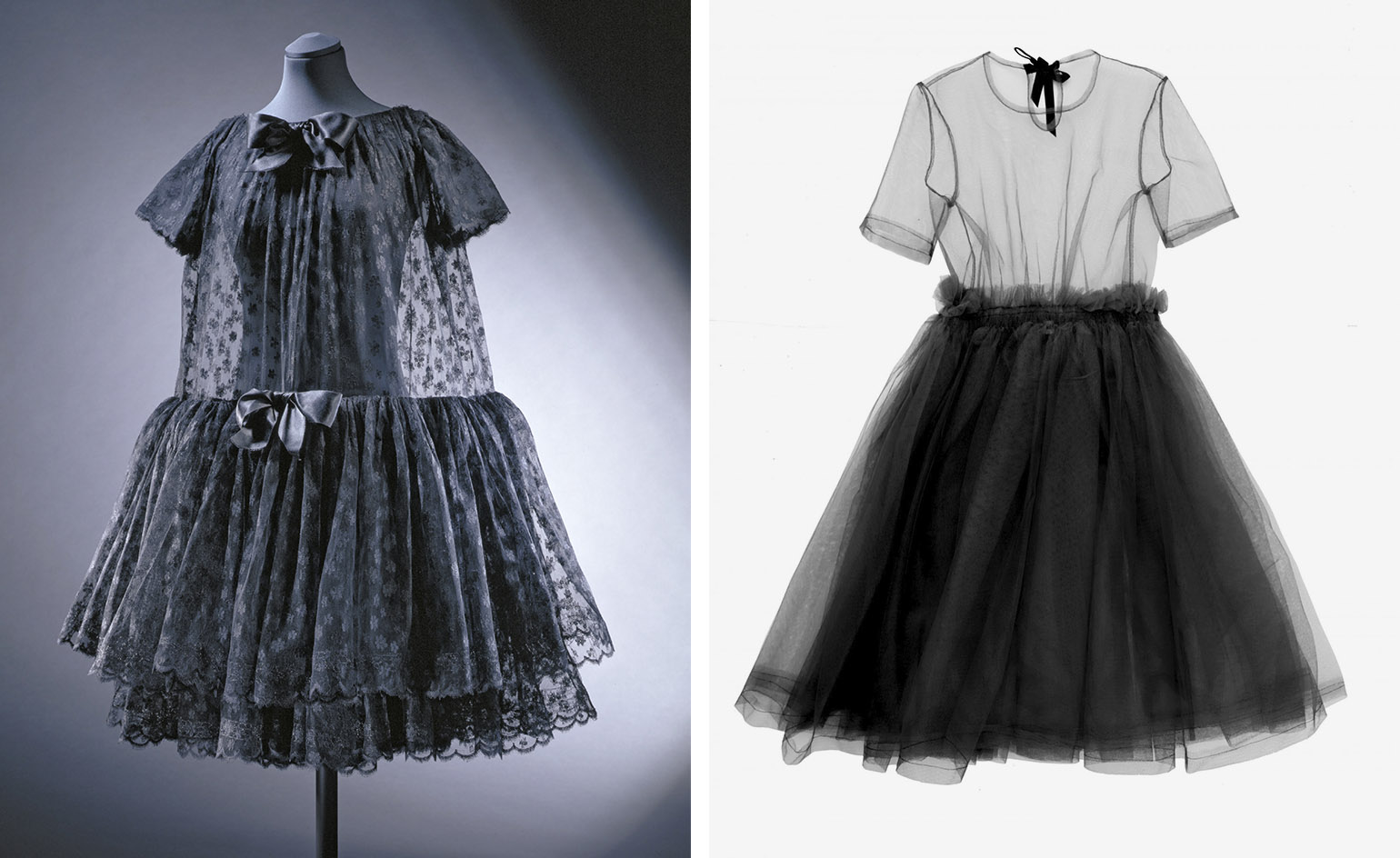
Left, babydoll cocktail dress, crêpe de chine, lace and satin, by Cristóbal Balenciaga, Paris, 1958. Right, babydoll party dress, nylon tulle, by Molly Goddard, London, A/W 2016. © Victoria and Albert Museum
INFORMATION
‘Balenciaga: Shaping Fashion’ is on view until 18 February 2018. For more information, visit the Victoria and Albert Museum website
ADDRESS
Victoria and Albert Museum
Cromwell Road
London SW7 2RL
Receive our daily digest of inspiration, escapism and design stories from around the world direct to your inbox.
-
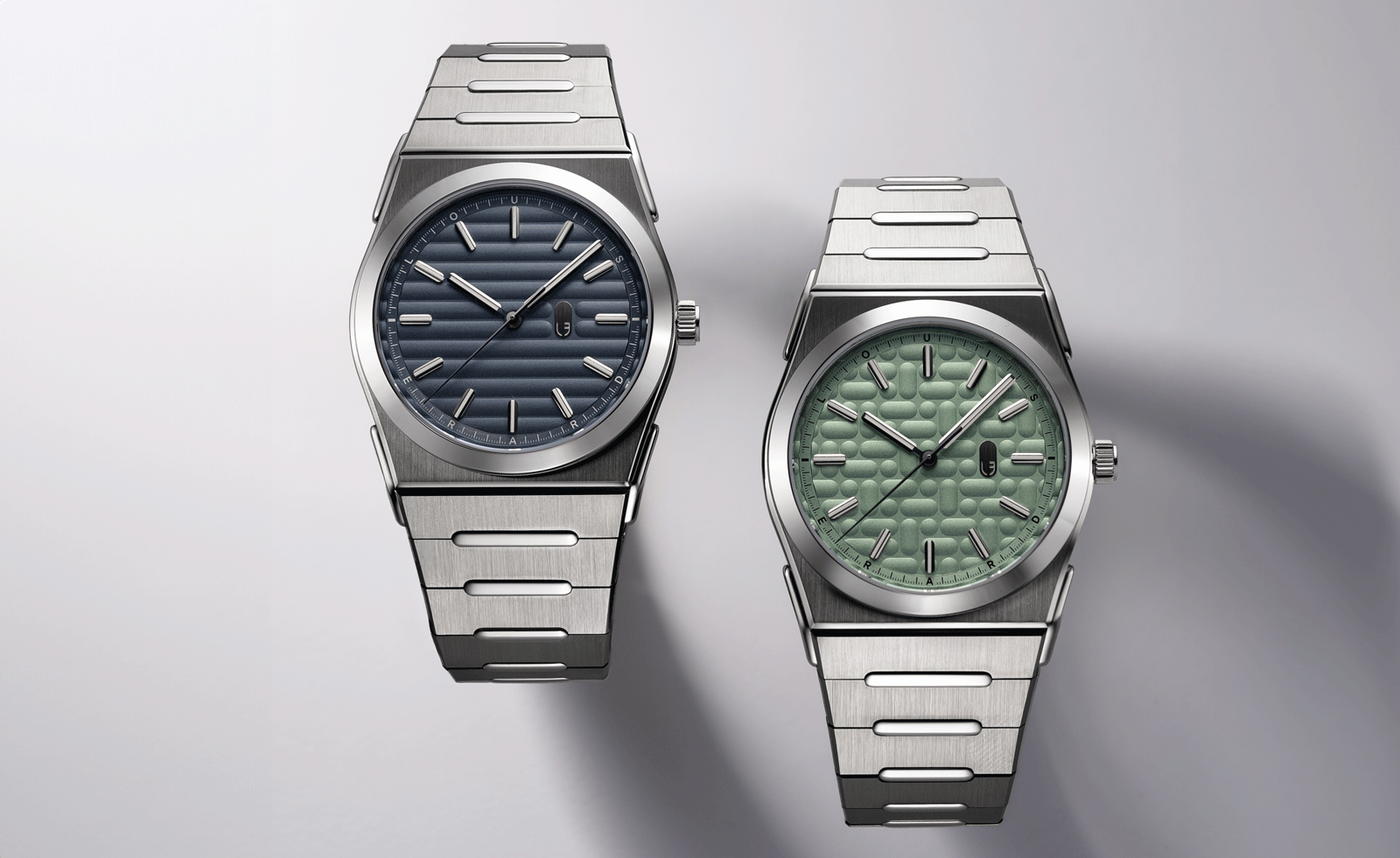 Five watch trends to look out for in 2026
Five watch trends to look out for in 2026From dial art to future-proofed 3D-printing, here are the watch trends we predict will be riding high in 2026
-
 Five destinations to have on your radar this year
Five destinations to have on your radar this yearThe cultural heavyweights worth building an itinerary around as culture and creativity come together in powerful new ways
-
 Dublin-based designer Cara Campos turns abandoned bicycles into sleekly minimal furniture pieces
Dublin-based designer Cara Campos turns abandoned bicycles into sleekly minimal furniture piecesWallpaper* Future Icons: Saudi-raised Irish/French designer Cara Campos' creative approach is rooted in reuse, construction and the lives of objects
-
 ‘Architect of glamour’ Antony Price makes a high-voltage return to the runway with 16Arlington
‘Architect of glamour’ Antony Price makes a high-voltage return to the runway with 16ArlingtonFeaturing a runway debut from Lily Allen, the show saw legendary designer Antony Price – best known for outfitting Roxy Music in the 1980s – unite with 16Arlington’s Marco Capaldo on the sensual after-dark collection
-
 ‘Dirty Looks’ at the Barbican explores how fashion designers have found beauty in dirt and decay
‘Dirty Looks’ at the Barbican explores how fashion designers have found beauty in dirt and decayFrom garments buried in River Thames mud to those torn, creased and stained, ‘Dirty Looks’ is a testament to how ‘creativity and new artistic practices can come out of decay’, its curators tell Dal Chodha
-
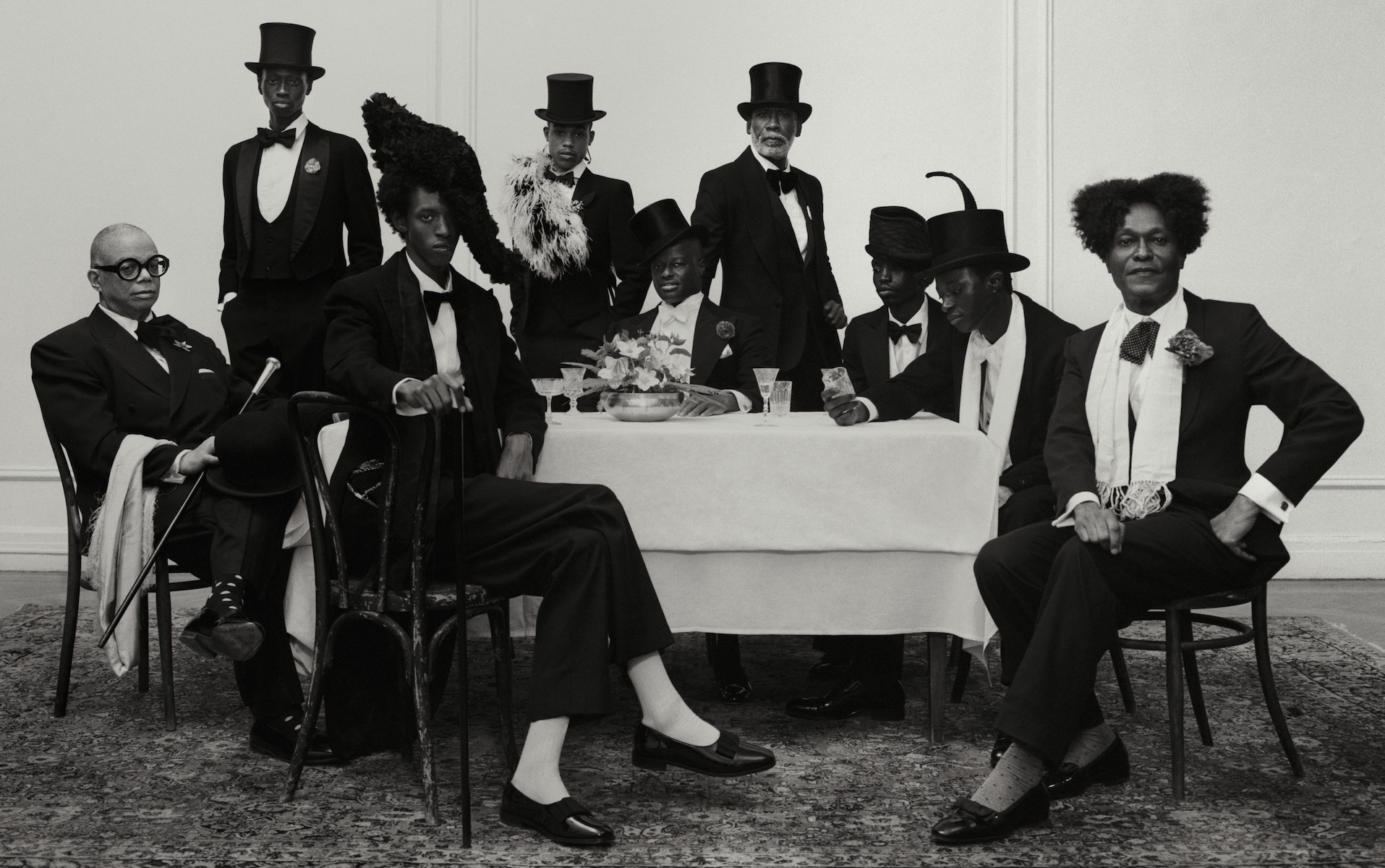 Tyler Mitchell’s London show explores the figure of the Black Dandy, ‘imagining what else masculinity could look like’
Tyler Mitchell’s London show explores the figure of the Black Dandy, ‘imagining what else masculinity could look like’Originally part of a visual essay to accompany the Met’s ‘Superfine’ 2025 Costume Institute exhibition, ‘Portrait of the Modern Dandy’ goes on display at Gagosian Burlington Arcade in London this week
-
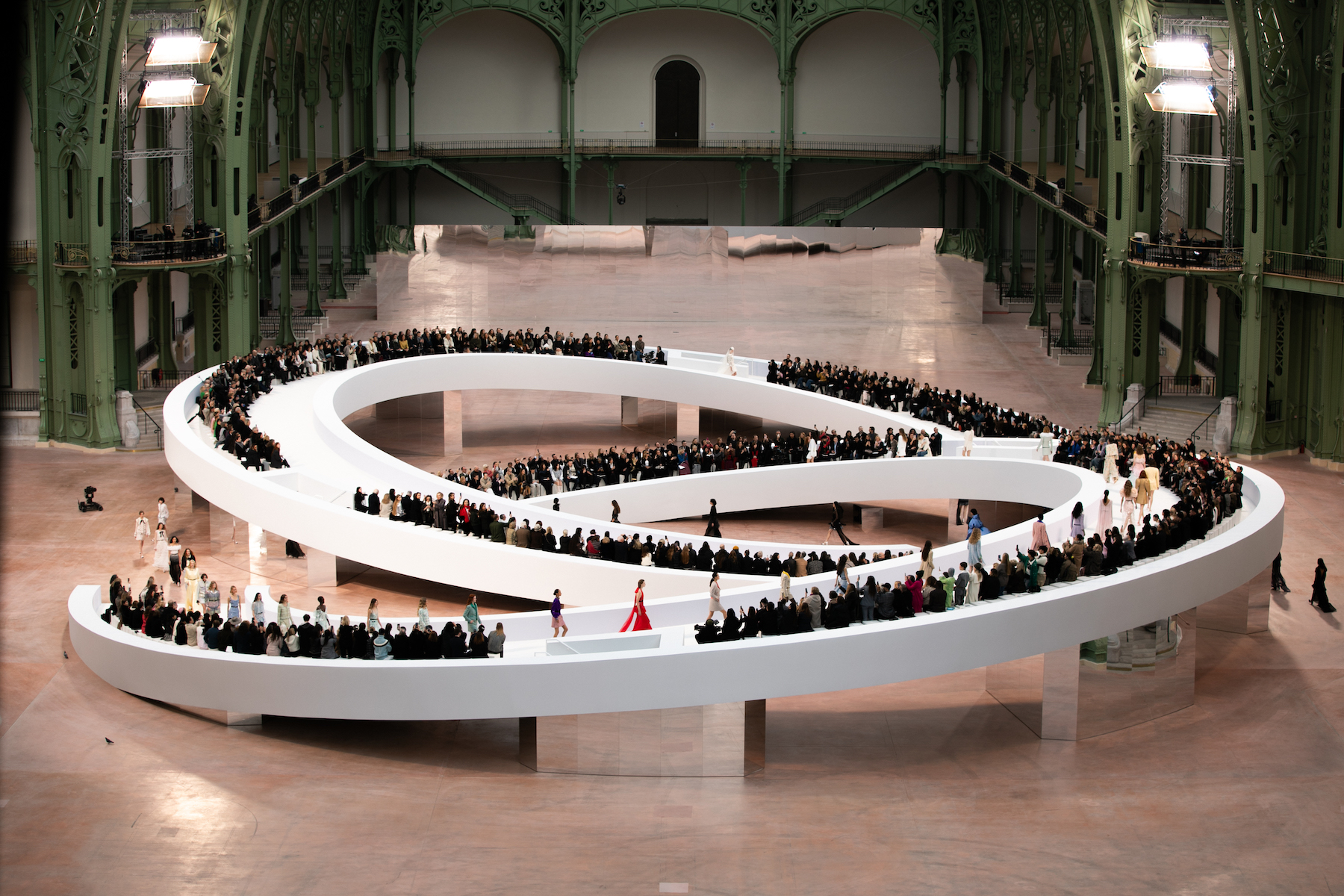 Haute Couture Week A/W 2025: what to expect
Haute Couture Week A/W 2025: what to expectFive moments to look out for at Haute Couture Week A/W 2025 in Paris (starting Monday 7 July), from Glenn Martens’ debut for Maison Margiela to Demna’s Balenciaga swansong. Plus, ‘new beginnings’ from JW Anderson
-
 Inside Louis Vuitton’s Murakami London pop-up, a colourful cartoon wonderland with one-of-a-kind café
Inside Louis Vuitton’s Murakami London pop-up, a colourful cartoon wonderland with one-of-a-kind caféWallpaper* takes a tour of the Louis Vuitton x Murakami pop-up in London’s Soho, which celebrates the launch of a new ‘re-edition’ accessories collection spanning the greatest hits from the Japanese artist’s long-running collaboration with the house
-
 Get to know Issey Miyake’s innovative A-POC ABLE line as it arrives in the UK
Get to know Issey Miyake’s innovative A-POC ABLE line as it arrives in the UKAs A-POC ABLE Issey Miyake launches in London this week, designer Yoshiyuki Miyamae gives Wallpaper* the lowdown on the experimental Issey Miyake offshoot
-
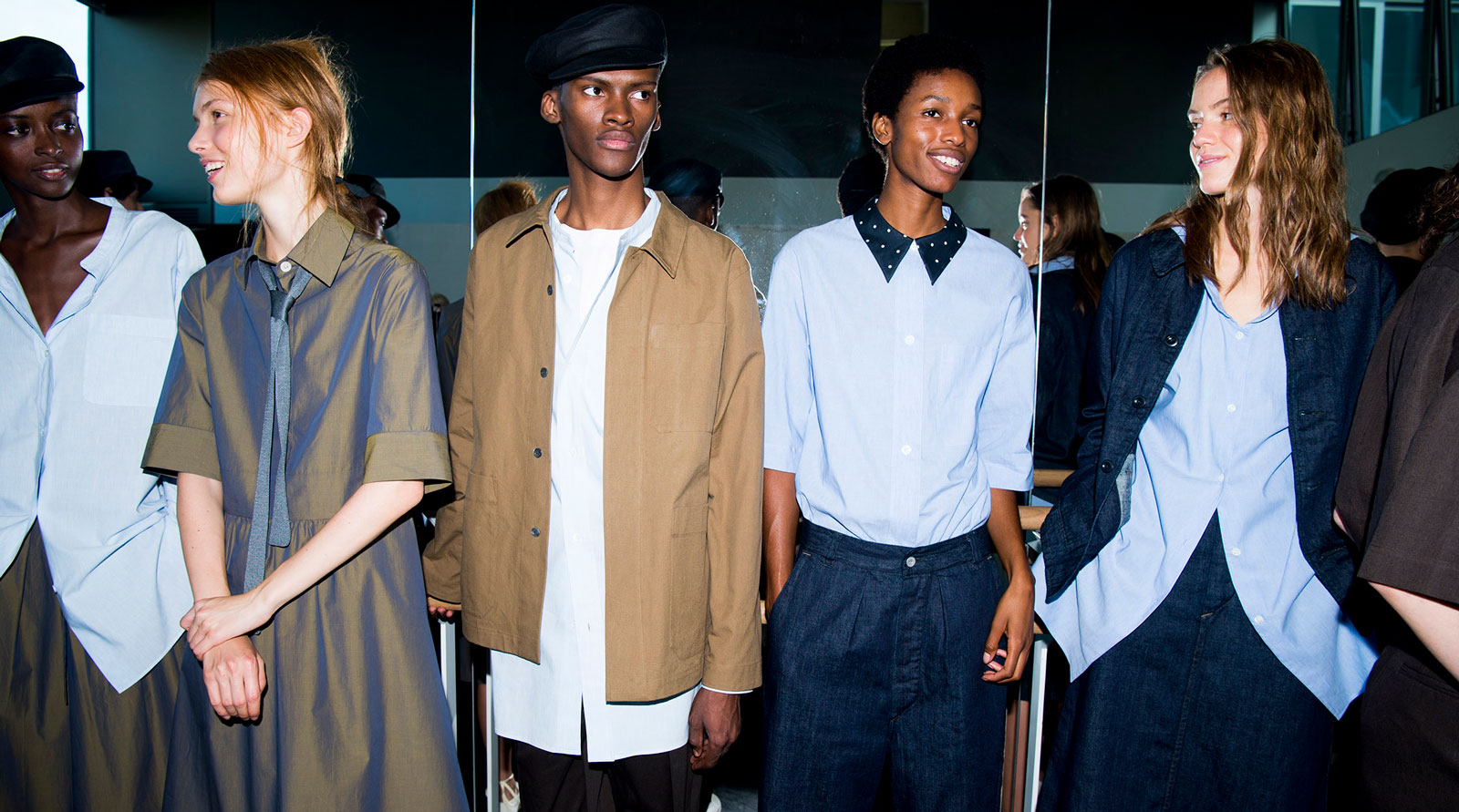 Margaret Howell London Fashion Week Women's S/S 2019
Margaret Howell London Fashion Week Women's S/S 2019 -
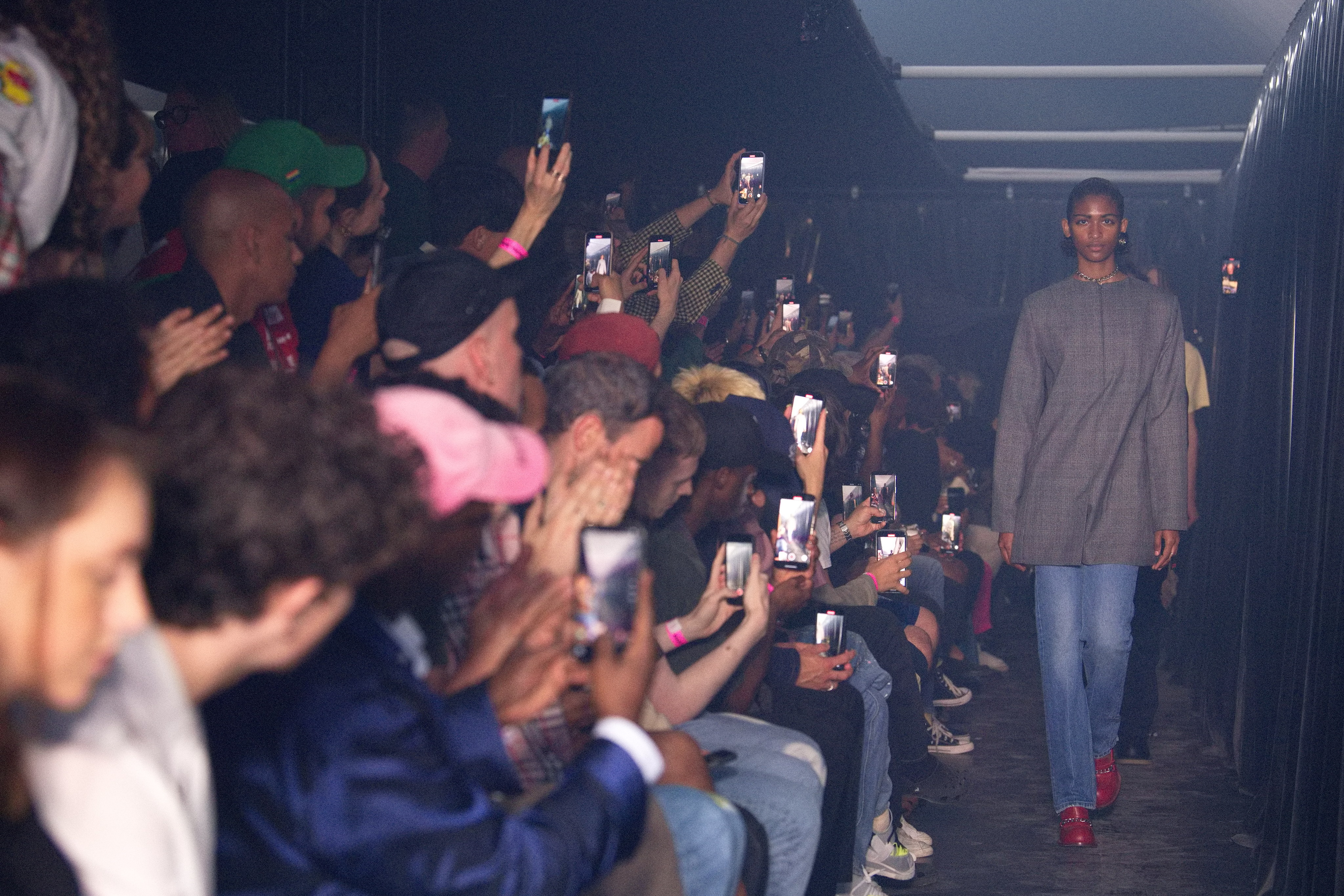 London Fashion Week S/S 2023: Ahluwalia to Martine Rose
London Fashion Week S/S 2023: Ahluwalia to Martine RoseThough slimmed-down, London Fashion Week nonetheless provided the moments of creative expression the city is known for – from Ahluwalia’s ode to Africa to Martine Rose’s much-anticipated runway return